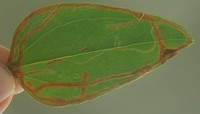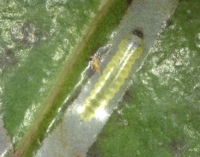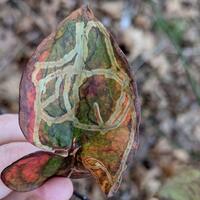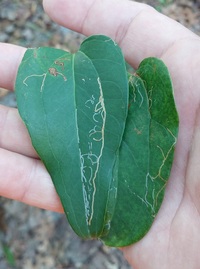
| Recorded by: Mark Basinger on 2025-10-18
Stanly Co.
Comment: | 
| Recorded by: Allison Garton on 2025-09-06
Moore Co.
Comment: |
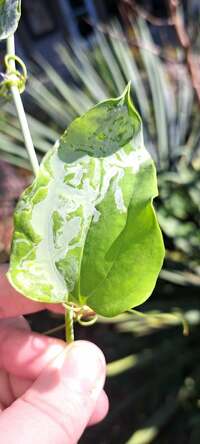
| Recorded by: Allison Garton on 2025-09-06
Moore Co.
Comment: | 
| Recorded by: Tracy Feldman on 2025-08-28
Carteret Co.
Comment: |
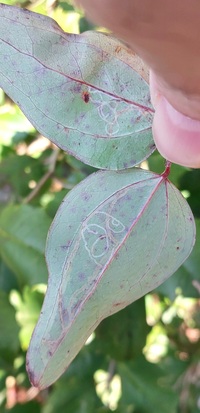
| Recorded by: Mark Basinger on 2025-02-04
Edgecombe Co.
Comment: | 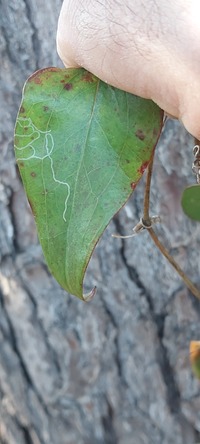
| Recorded by: Mark Basinger on 2025-02-04
Martin Co.
Comment: |
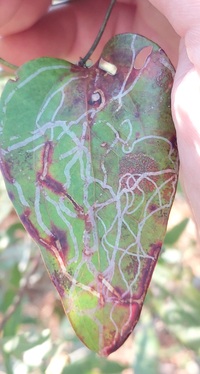
| Recorded by: Mark Basinger on 2025-02-04
Tyrrell Co.
Comment: | 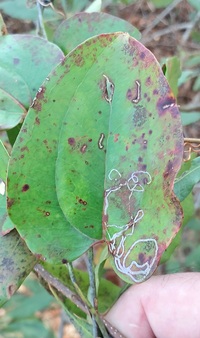
| Recorded by: Mark Basinger on 2025-02-04
Washington Co.
Comment: |
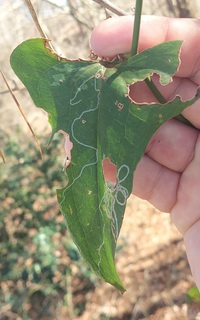
| Recorded by: Mark Basinger on 2025-01-30
Pitt Co.
Comment: | 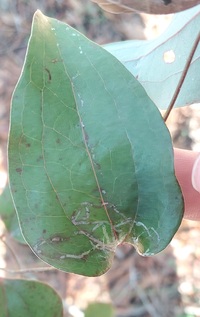
| Recorded by: Mark Basinger on 2025-01-20
Greene Co.
Comment: |
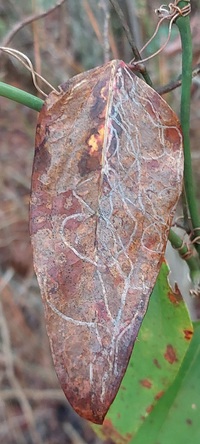
| Recorded by: Mark Basinger on 2024-12-30
Beaufort Co.
Comment: | 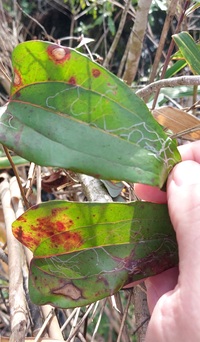
| Recorded by: Mark Basinger on 2024-12-30
Dare Co.
Comment: |
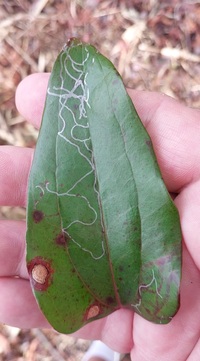
| Recorded by: Mark Basinger on 2024-12-30
Dare Co.
Comment: | 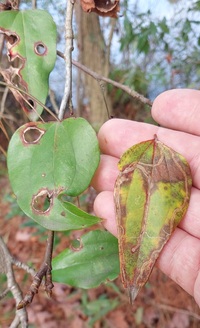
| Recorded by: Mark Basinger on 2024-12-30
Hyde Co.
Comment: |
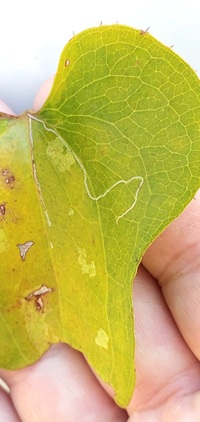
| Recorded by: Mark Basinger on 2024-12-08
Brunswick Co.
Comment: | 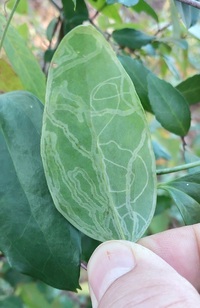
| Recorded by: Mark Basinger on 2024-12-08
Brunswick Co.
Comment: |
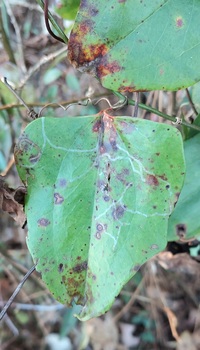
| Recorded by: Mark Basinger on 2024-12-08
Duplin Co.
Comment: | 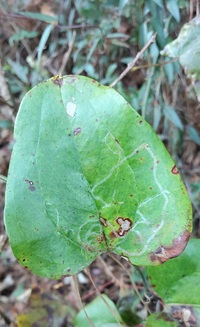
| Recorded by: Mark Basinger on 2024-12-08
Sampson Co.
Comment: |
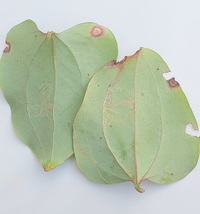
| Recorded by: Mark Basinger on 2024-12-01
Johnston Co.
Comment: | 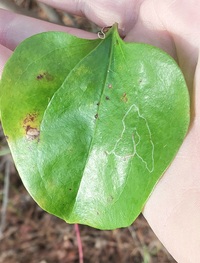
| Recorded by: Mark Basinger on 2024-11-29
Greene Co.
Comment: |
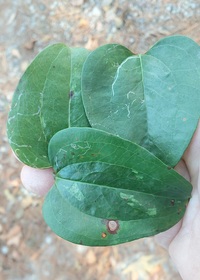
| Recorded by: Mark Basinger on 2024-11-29
Pitt Co.
Comment: | 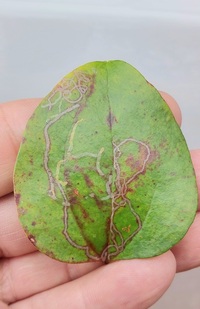
| Recorded by: Mark Basinger on 2024-11-26
Nash Co.
Comment: |
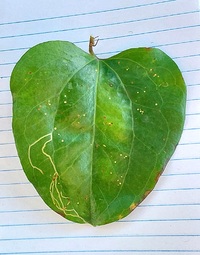
| Recorded by: Mark Basinger on 2024-11-22
Wilson Co.
Comment: | 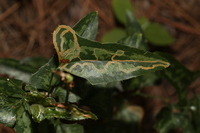
| Recorded by: David George on 2024-10-29
Onslow Co.
Comment: |
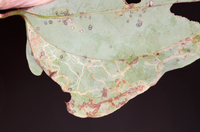
| Recorded by: Mark Basinger, Jim Petranka and Becky Elkin on 2024-09-21
Madison Co.
Comment: | 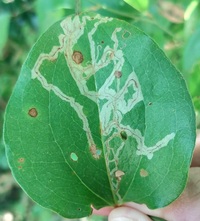
| Recorded by: Mark Basinger on 2024-08-26
Wilson Co.
Comment: |

| Recorded by: F. Williams, S. Williams on 2024-08-20
Gates Co.
Comment: | 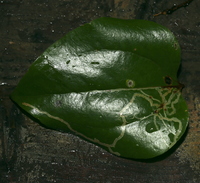
| Recorded by: David George on 2024-07-20
Chatham Co.
Comment: |
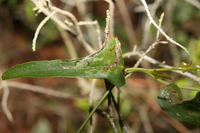
| Recorded by: David George, Jeff Niznik, Rich Teper on 2024-04-16
New Hanover Co.
Comment: | 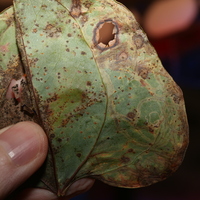
| Recorded by: David George on 2024-03-24
Chatham Co.
Comment: |
|

 »
»